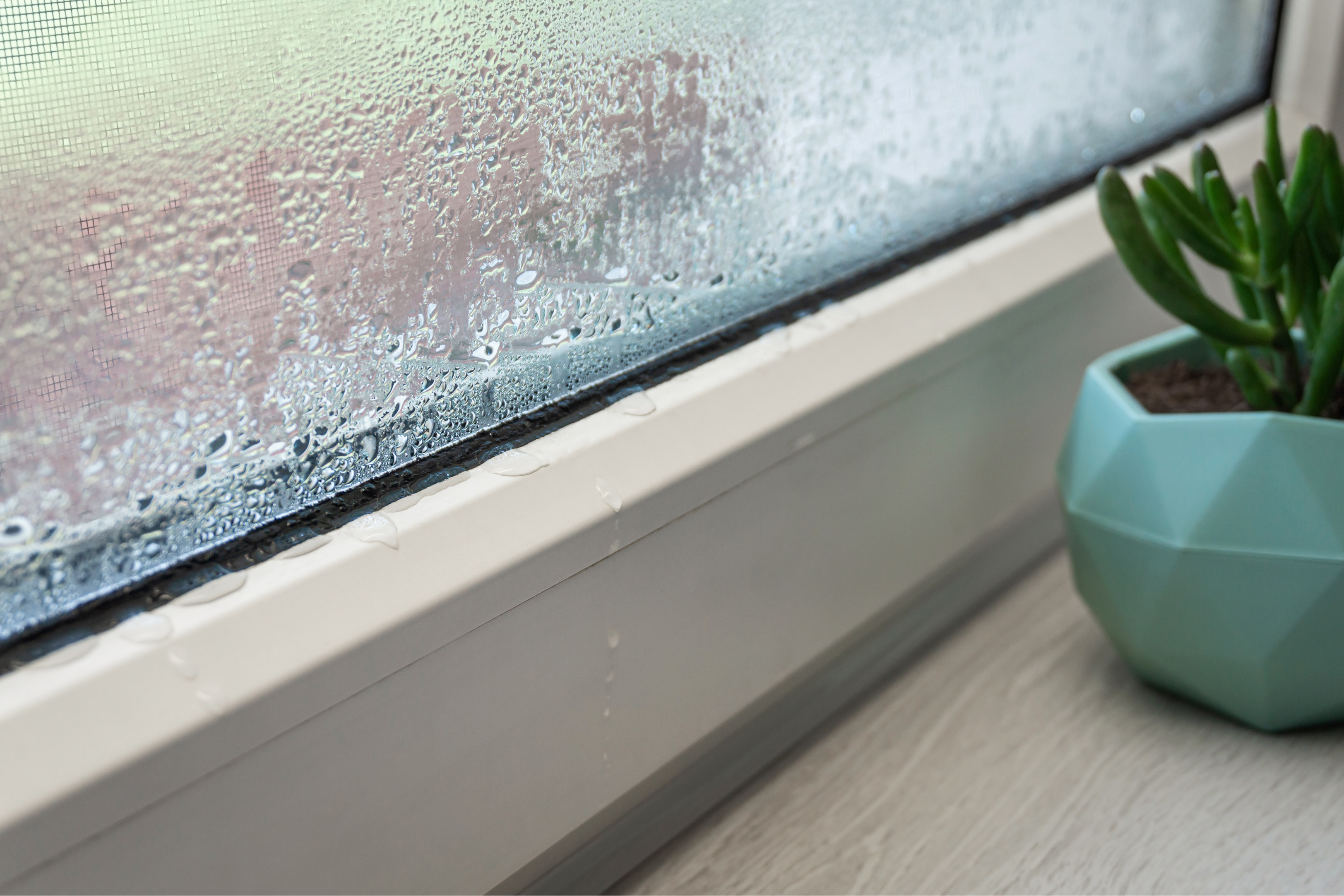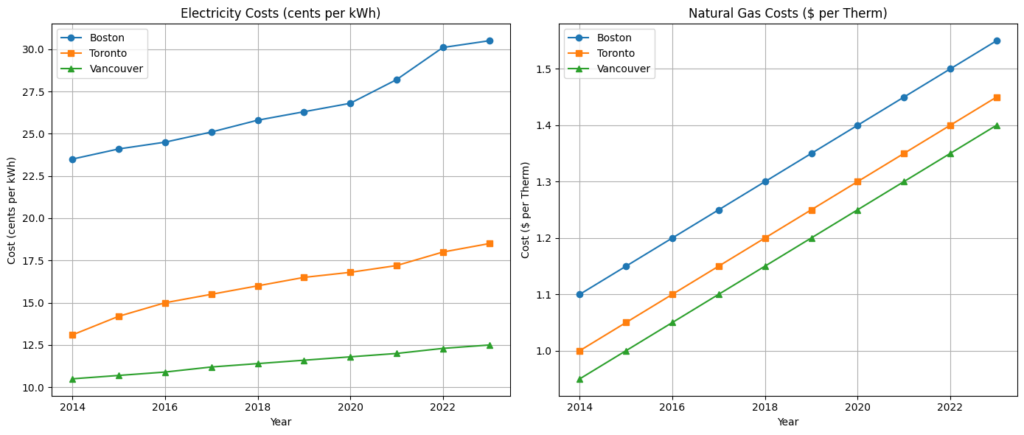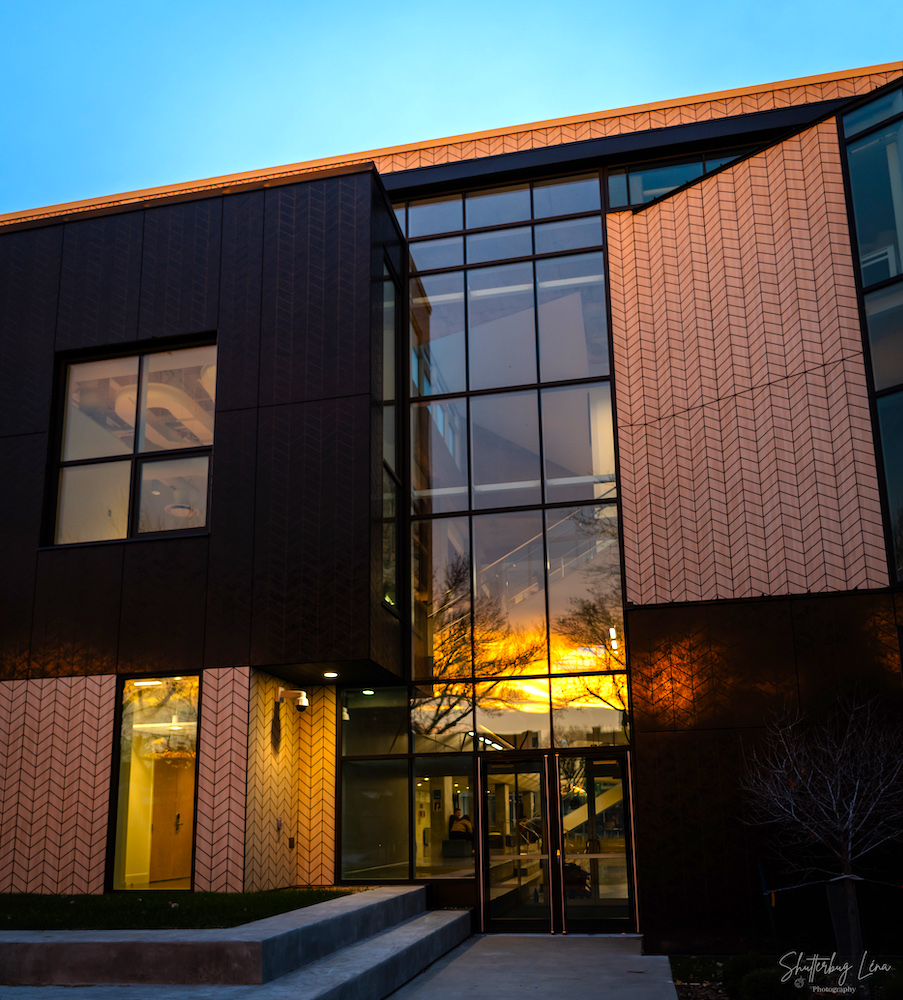Transparency 2.0: How Fibreglass is Framing the Future of Architecture
November 25, 2024

Curtain walls are in many ways the feature of modern and contemporary architecture.
Since Gropius’ Fagus Factory (1913), and fully realized in Mies’ Seagram Building (1958), elegant flows of glass have defined our cityscapes and, in doing so, embodied our highest cultural values: enabling transparency between the inside and outside environments. For over a century, curtain wall has played – and continues to play – a critical role in architectural achievement and cultural articulation.
Continuously evolving over the last century, curtain wall applications and possibilities are now massively expanded in scope and scale. Today, maintaining the basic premise of non-load-bearing-walls and all-glass-façades, we see that the transparency-driven performance, durability, and sustainability of these systems is being taken to an exciting new level.
Of course, we still desire to create beautiful, light-filled spaces just as we always have. Now, the opportunity to make our new schools, community centres, commercial buildings, and healthcare facilities into showcases of transparency and innovation is possible as never before. After all, curtain walls are so much more than just glass and frames — they are the extended envelopes and expressions of occupants and owners, shaping our productivity, human health, and even our confidence.
But from a much more pragmatic standpoint, as anyone who’s seen 40+ year-old curtain walls with condensation issues, it’s crystal clear that not all facade systems are created equal even at the most basic level…
Common Challenges with Conventional Curtain Walls
What are some of the common challenges with conventional curtain walls? Since most use so-so aluminum framing with not-so-great glazing, they’re mostly too hot in summer and too cold in winter, and therefore overly reliant on fragile and maintenance-intensive HVAC systems. This obviously makes interior spaces sub-optimally productive or healthy, but it also increases energy consumption and increases wear-and-tear on active building systems and even adjacent opaque assemblies. In a world of ever-increasing energy costs and skilled trades shortages, who needs the headache and risk?

Fibreglass: The Transparent Solution
High-performance fibreglass-framed curtain walls therefore represents an exciting evolution in facade design, addressing challenges that have persisted for decades while unlocking new possibilities for the future of architecture. The inherent low-conductivity and thermal stability of fibreglass offers an innovative alternative that preserves the integrity of building envelopes for generations to come, all while reducing maintenance costs and operational risks.
Equally significant for conscientious owner-operators is the industry-leading low-carbon impact of fibreglass, which really moves the needle on Net-Zero and Zero-Carbon projects aiming to showcase what’s possible with this cutting-edge technology. In this time when every material choice carries the weight of its lifecycle impact, fibreglass offers architects the opportunity to design with intention — prioritizing both environmental impact and long-term building performance.



